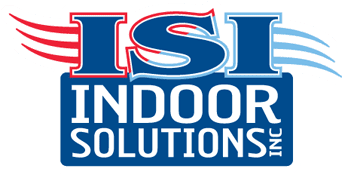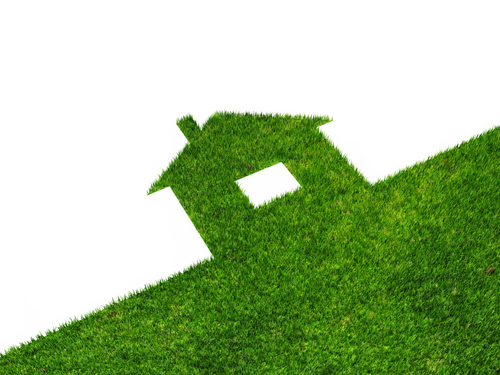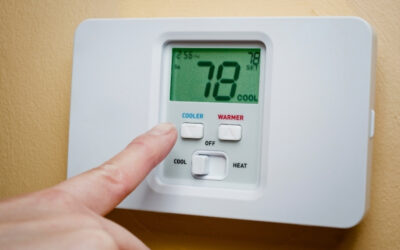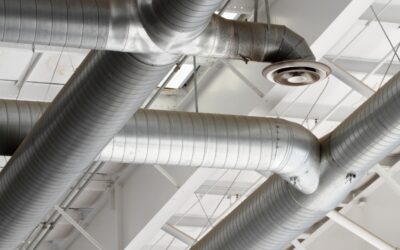Spending a little time and money to make energy-efficient upgrades to your home is almost always a solid use of resources. Next to the house payment, the second highest expense for many families is the cost of energy to run it. The two most energy-hungry appliances in your home are the HVAC system and the water heater. This guide can help you identify ways to save energy on both.
Energy Audits
An energy audit will turn up areas in your home that create energy losses that your HVAC system continually has to overcome. Professional energy auditors and HVAC contractors use specialized equipment that finds the problem areas throughout your home, whether they’re air gaps in your home’s envelope or a lack of insulation.
The blower door test is the centerpiece of a professional energy audit. It has a large exhaust motor in the bottom of a flexible door that sits inside the frame of an exterior door. It contains air gauges that measure the air pressure. Once the professionals ready your home for the blower door test, they turn the fan on and pull out the indoor air. In homes that have few air leaks, the pressure falls rapidly. Those that have gaps and cracks lose pressure more slowly, since the fan pulls outdoor air inside to compensate for the falling air pressure.
Before you can make energy-efficient upgrades to your home’s envelope and insulation, you need to know where these inadequacies are, which the auditors simplify for you. They use thermographic equipment that shows exactly where the problems are. Thermography shows color differences in the incoming air and also identifying areas with inadequate insulation.
Sealing Air Leaks
Exterior caulk will effectively seal leaks around exterior window frames and smaller leaks in your home’s exterior envelope. If you have larger gaps around pipes, wires or cables entering your home, use expanding foam. Any leaks around the chimney or flues should be sealed with metal flashing or silicone caulk. Weatherstripping is available at home centers to seal exterior doors, and if leaks exist at the bottom, choose door sweeps or a simple draft blocker.
Insulation
If the energy audit turns up inadequate attic insulation, your options include fiberglass batt insulation or blown-in cellulose or fiberglass products. Both are affordable products that start working immediately as energy-efficient upgrades that will cut conditioning bills. Adding wall insulation is a bit more challenging but can be done with blown-in insulation or expanding foam.
HVAC Systems
All HVAC systems benefit from routine air filter changes and annual service. Both will reduce your energy bills and lengthen the life of your system. When HVAC technicians go through your system, they clean, adjust and inspect all the parts and lubricate the motors. If they discover something amiss, they’ll take steps to repair the problem before it becomes a major issue, especially ductwork leaks that can occur at any time.
Should you need to replace your system, choose one with as high an energy efficiency rating as possible for your budget. While the initial cost may be higher, the lower heating or cooling bills will pay for the system over the longer run.
A programmable thermostat may be one of the most energy-efficient upgrades you can make for the short term, especially if you’re away on a routine basis. These thermostats save energy by setting the temperature up or down automatically. You can program the thermostat to recover shortly before arising or returning.
Water Heating
Several ways exist to save money on water heating. The first is to turn the tank’s temperature down to 120 degrees. Not only will it save energy, but it will also preserve the life of the water heater since fewer hard water deposits will form at the bottom of the tank.
Wrapping the water tank with an insulating blanket is one of the most energy-efficient upgrades, since it reduces the amount of standby losses that occur 24/7. If yours is electric, avoid covering the thermostat. If you use a gas water heater, ask a plumber for assistance or follow the instructions carefully. Gas water heaters have specific requirements for combustion and venting.
To learn more about more energy-saving upgrades for your home, contact Indoor Solutions, Inc. We’ve proudly provided HVAC services for homeowners in the Columbus, GA, and Phoenix City, AL, areas since 2003.
Image Provided by Shutterstock.com




